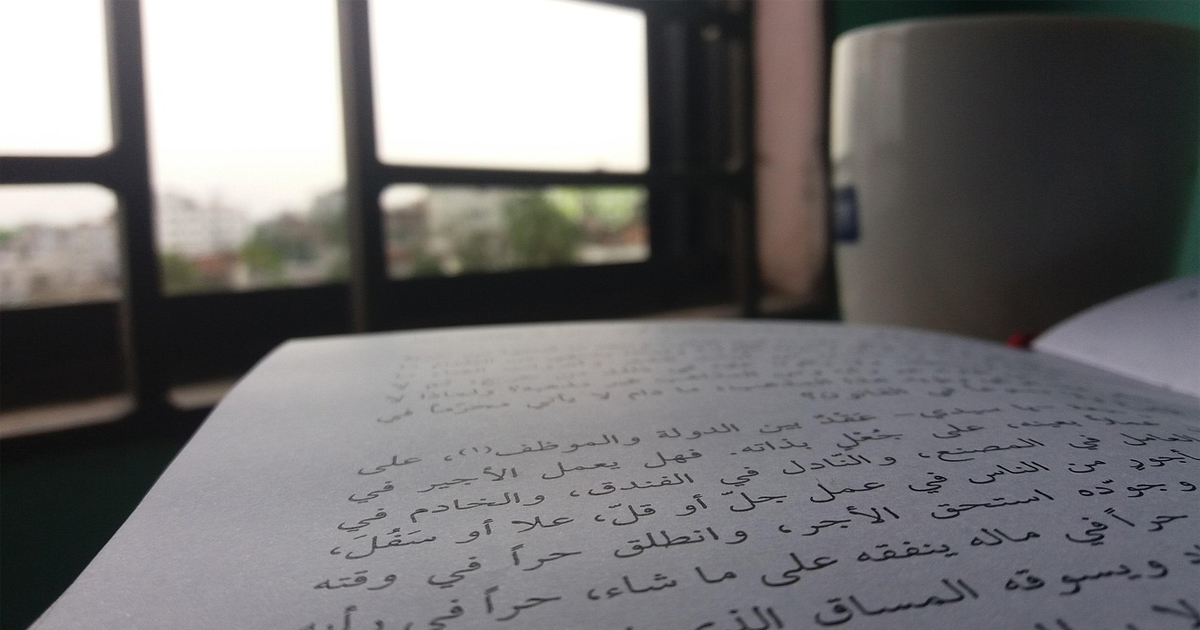The Arabic alphabet letters have several forms, including isolated, initial, and medial. At Arab Academy, students learn to identify the differences between forms and how to use them properly. Here is more information about these letter forms and how they come together in the Arabic language:
Isolated Forms
Isolated letter forms are the basic, standalone representations of each letter in the Arabic alphabet. They serve as the foundation for learners to recognize and master individual characters. Practicing the letters’ isolated forms is beneficial for building a solid foundation in Arabic script. We teach these isolated forms to provide students with the ability to identify and write each letter accurately.
Initial Forms
When Arabic letters appear at the beginning of a word, they adopt a different form known as the initial form. This variation helps readers see a clear visual transition from one word to the next. Understanding initial forms helps learners understand the overall aesthetics of Arabic writing. Mastery of these forms allows students to create visually appealing and correctly structured words from the very beginning of their language-learning journey.
Medial Forms
In the middle of a word, Arabic letters transform into medial forms. This shift in shape improves the flow between letters within words. Medial forms require a fluid connection with the preceding and following letters. Proficiency in identifying and writing medial forms is beneficial for creating coherent and legible Arabic words.
Final Forms
When a letter appears at the end of an Arabic word, it takes on a distinct final form. This final form creates a balanced conclusion to the word and maintains the script’s fluidity. Understanding final forms helps Arabic learners finish words in a correct and visually pleasing way. Mastering the final forms of Arabic letters completes the comprehensive understanding of how the letters adapt to their position within a word.
Ligatures
Arabic script possesses a unique feature known as ligatures. These occur when certain letters form a visually unified form. Recognizing and practicing ligatures is an advanced skill that improves learners’ proficiency in writing Arabic. Mastering ligatures allows students to appreciate and replicate the intricate designs found in classical and contemporary Arabic writing.
Diacritics and Vowel Marks
Arabic script primarily relies on consonants, but diacritics and vowel marks are used to clarify pronunciation and meaning. Diacritics, represented by small dots or symbols, are placed above or below letters. They guide learners in correctly pronouncing words and understanding their grammatical specifics. Vowel marks are often omitted in everyday writing, but they explicitly indicate vowel sounds. Mastering diacritics and vowel marks enhances a learner’s ability to read and pronounce Arabic words accurately. This knowledge is helpful for learners who want to read formal written Arabic, such as religious texts or academic literature.
Start Learning the Arabic Alphabet
At Arab Academy, our courses help students learn the different forms of Arabic letters and how they come together to create words. These forms include additional diacritics and vowel marks, isolated, and final forms. Mastering the Arabic alphabet helps students become proficient in various written and spoken Arabic dialects. Contact us today to learn more about our Arabic language courses and how we teach the Arabic alphabet to our students.







